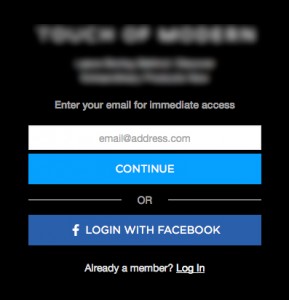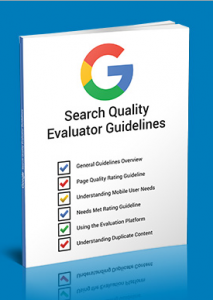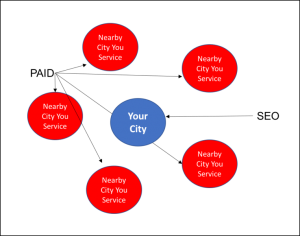Don’t make outside-the-box thinking a one-time thing. Columnist Matt Umbro discusses ways to apply this mentality on a daily basis to improve your workflow and foster innovation.

As marketers, I’m sure we’ve all heard sayings that are meant to challenge our line of thinking and productivity. You may be asked to “think outside the box” or be told that the six words that will kill your business are “We’ve always done it this way.”
Though these sentiments are meant to challenge employees, they foster the notion that your thinking must be grand in scale and allow for widespread changes.
Don’t get me wrong — there’s nothing wrong with thinking big. However, neglecting smaller, more frequent changes in the name of scale can be damaging.
Thinking outside the box doesn’t need to apply to one item or task. It can and should be a mentality that you employ on a daily basis.
You should always be thinking about how you could improve your workflow and the deliverables you present.
Applying This Mentality
Let’s look at reporting as an example of thinking differently by making minor, but impactful, updates. Most reports I review are stagnant month over month. The tables and graphs are the same, while the analysis is vanilla.
To improve the report, review it as if you were the client. Ask yourself questions such as:
- What is this data telling me?
- Does this graph represent anything important, or is it just there?
- Are new initiatives portrayed in the report?
- The analysis speaks to the what, but is it telling me the why?
By asking these questions and then making updates, you aren’t reinventing the wheel, but you are challenging yourself. Therefore, instead of taking things as they are, you’re looking to better your work and provide an improved experience for all.
Another example is with your everyday communication. When responding to a message, are you simply answering the question at hand, or are you forecasting what will be said next to craft a more complete response?
Let’s look at this line of “simple” communication:
Person A: How many webinars should we run in Q2?
Person B: Let’s run three.
Person A: Why do you suggest three?
Person B: That’s one webinar for each month of the quarter.
Person A: Will you be scheduling and setting up these webinars?
Person B: Yes.
Now, let’s see how forecasting would have allowed person B to send one response instead of three.
Person A: How many webinars should we run in Q2?
Person B: Let’s run three so
(51)
Report Post






